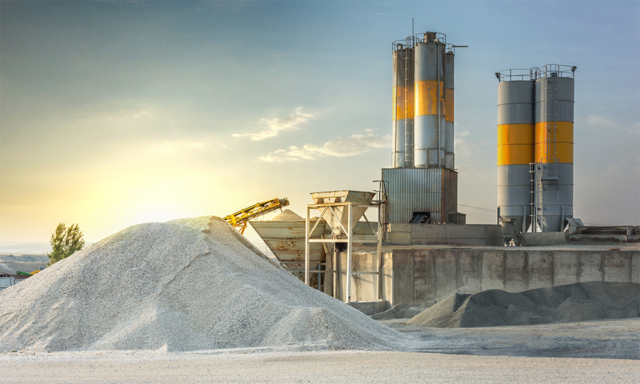Demand for high-quality sand continues to grow at an unprecedented rate, but problems with diminishing resources and environmental side-effects mean sustainable solutions are needed.
Sand is one of the most in-demand natural materials on the planet, being a key component of a vast array of different products. It’s easy to think sourcing it shouldn’t be a problem; after all, it seems sand is everywhere, from the Sahara to the deserts of Arizona and Australia. But the problem is, this is the wrong type of sand. Desert sand is smoothed by the wind, meaning it can’t lock together in cement or be used for the products of the modern world that rely on sand in their build, such as glass and semiconductors.
The main sort of sand needed is more jagged and comes from beaches, quarries, rivers and alluvial plains – and it’s running out. A recent report from the United Nations Environment Program (UNEP) titled Sand and Sustainability: Finding New Solutions for Environmental Governance of Global Sand Resources found global rates of extraction for sand and gravel stands at around 40-50 billion tonnes per year.
Increased urbanisation is driving the world’s insatiable demand for sand. It’s estimated the amount of construction sand used in India has more than tripled since 2000 and is rising, fast. China’s demand for sand has meant it used more sand in the last decade than the United States did in the entire 20th century.
Sand mining is also causing environmental damage and the disappearance of ecosystems. Vietnam’s Mekong Delta, for example, is home to 20 million people and a major source of both Vietnam’s food and rice supplies for much of South-East Asia. Climate change-induced sea-level rises mean the Delta is losing the equivalent of one and a half football fields of land every day, but sand extraction is also taking its toll. One report found 50 million tonnes of sand was extracted in 2011 alone, a number which has risen in the ensuing years.
The issue of climate, alongside sand extraction, has major implications for both food security in South-East Asia and for environmental diversity.
Along with this demand for construction sands, the material is increasingly needed across a range of industries. The advent of the digital era has meant we need sand to make semiconductors – computer chips – which are used in everything from industrial applications to the PCs, phones and tablets you’re probably reading this article on. Then there are windows and glass, which also need high-quality sand in their production.
So, with demand increasing but resources finite, are we heading for a perfect storm?
Can sand be replaced?
As things stand, it’s not possible to replace the sand used in producing computer chips and glass. Sand is a key ingredient in so many products, and as the world continues to develop and the global middle class grows, there is likely to be a high demand for it for many years to come.
However, scientists are working on the issue of replacing sand for construction. One idea is to use fly ash, which is the material left over from coal-fired power stations – leaving aside the fact that this brings with it potential environmental issues as well.
Another option being examined is to use crushed palm oil shells and rice husks, while others are looking into developing concrete requiring less sand. Recycling old concrete by grinding it down is yet another option being examined, creating a closed loop for construction materials.
The world is running out of sand, and its ongoing extraction is an environmental problem. There are no easy answers, aside from global regulation designed to preserve sand environments. The modern world runs on sand, and we need to be looking at ways to supply our needs sustainably.














